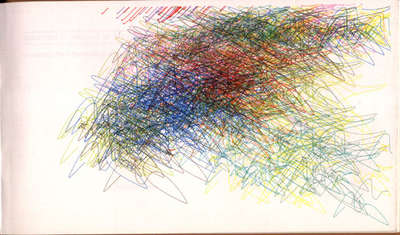An illustrated limited edition of Chapter II from George Boole’s(1815-1864) Investigation of the Laws of thought. The code generated illustrations, achieved with Boolean Logic, are visual expressions of “Boole on Boole”.
“In Proposition IV he (George Boole) identified “the fundamental law of thought” as Aristotle’s principle of contradiction – that “it is impossible for any being to possess a quality and at the same time not to possess it” (Note 4). George Boole argues from its algebraic equivalent that “what has been commonly regarded as the fundamental axiom of metaphysics is but the consequence of a law of thought, mathematical in its form.”
From this foundation he evolved a symbolic logic for the “essential laws of human language”. He achieved the first successful application of algebraic methods to logic, an achievement which provided the foundation of all subsequent developments in the field. “Boolean” Logic, refined by his successors and essential to switching theory, has been the cornerstone for developing the circuitry and software for the modern computer.
If George Boole were living today he would stand in wonder and amazement pondering the magnificent machine language that has evolved since the publication of the “Laws” in 1854. I think especially that he would be transported to near ecstasy seeing the binary 1’s and 0’s in computer assembly language which symbolize the "on’ and “off” bits. This is his Proposition IV evolved into a machine language that controls the electronic circuits in everything in our daily world from cash registers, airplanes, and washing machines to Cray supercomputers."
Extracted from the Artist’s Statement.









